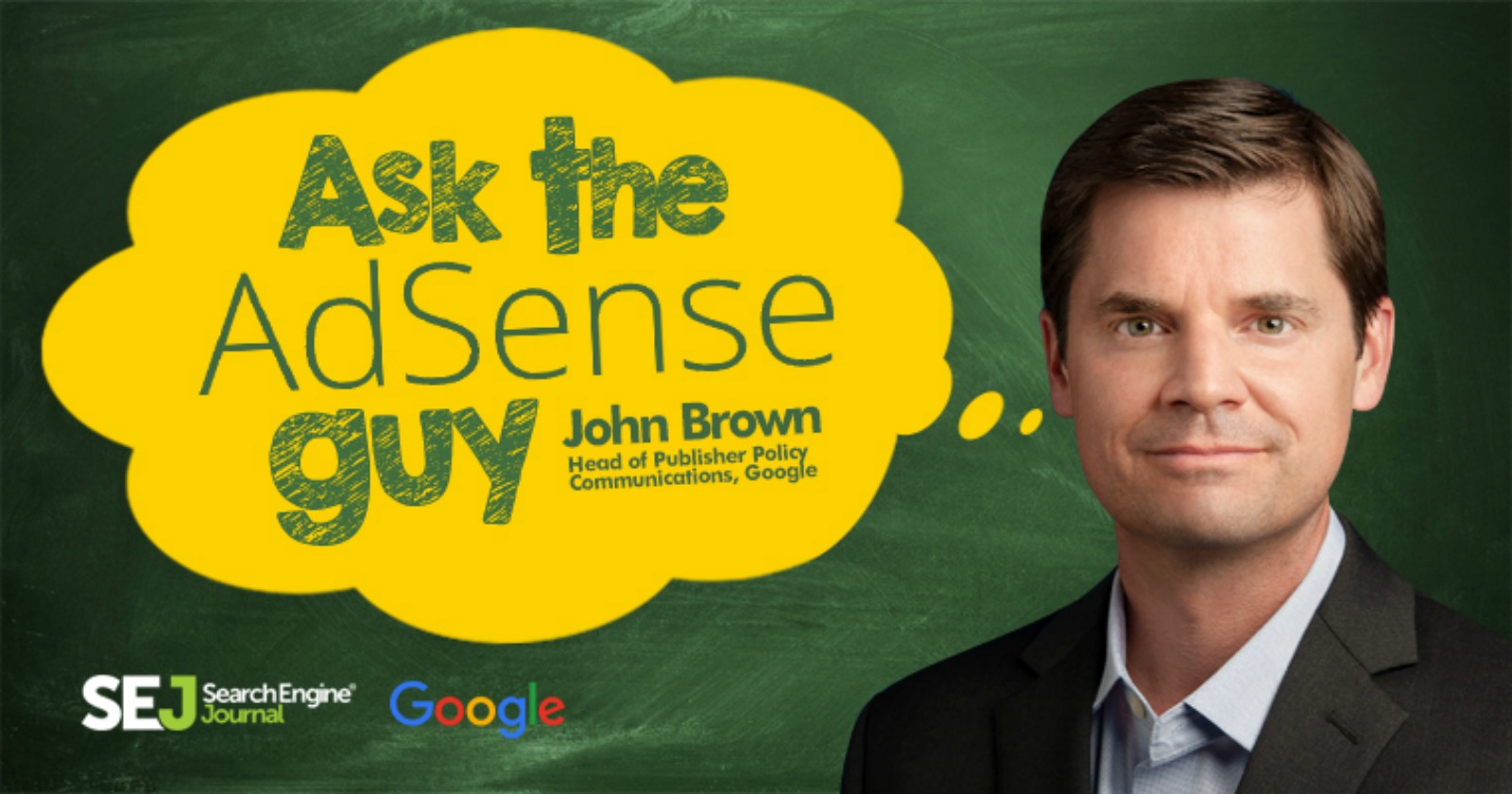Hello AdSense publishers and partners!
In this article, I’ll go over how Google develops AdSense policies and how they are designed to help Publishers succeed.
Specifically, we’ll go over: why Google creates policies and why we enforce them. Also, who benefits from this? And, why is this all important?
How AdSense Creates & Enforces Policies
We are trying to facilitate a healthy digital advertising ecosystem. This means we create policies to protect users, advertisers, and publishers, and help ensure each group benefits from their relationship with Google.
The AdSense program policies describe the content that can be on a publisher website, the way advertisements should be placed, and the traffic quality we expect for both the content, and traffic of a website, as well as policies governing the placement of advertisements on publisher sites.
These simple principles are at the heart of our AdSense policies:
- Place Google ads on pages with content that is family safe
- Place ads in a way as to not trick users, with authentic, human traffic
- Focus on your users
If you follow these simple guidelines, you are likely to never run afoul of Google policies.
Who Benefits from Our Policies?
The digital advertising ecosystem as a whole benefits from our policies.
Publishers are beneficiaries of the policies that we create. Advertisers are well-served when clicks occur on quality websites, that have family friendly content, and by humans with interest in the advertisement. That’s what our policies are meant to ensure.
Happy advertisers keep advertising on the Google network, which means publishers have a roster of high quality, high value ads. And, publishers get access to Google advertisers without having to maintain and manage direct relationships with these advertisers.
Additionally, publishers benefit from our high standards. Since the bar is set high to be a part of our network, we only allow a small percentage of applicants into our network. This means, if you are part of our network, you are among the best publishers.
We work hard to try to protect users and advertisers from being exposed to unsuitable material. This helps protect users and helps to ensure that advertisers trust digital advertising.
Our network is comprised of high-quality publisher sites, which helps advertisers find value, and continue advertising with us.
Of course, our policies are also meant to protect users. We prioritize user experience across Google products.
We strive to create an environment where users trust the Google ad network. Therefore, our policies help to ensure users see Google ads on family safe sites, on sites that have original, and valuable content, with ads that are relevant, and not invasive.
The Entire Digital Advertising Ecosystem Benefits from High Standards
At Google, we have high standards. We are trying to facilitate a healthy digital advertising ecosystem.
When we develop AdSense policies, we have to keep the safety, and happiness of users, advertisers, and publishers in mind:
- For users, we strive to create a family safe ad network, with ads that are seen as useful, varied, relevant, and safe for users when serving them across the AdSense Network.
- Publishers look to the Google network to provide high quality brand advertisers, high CPCs and CPMs and coverage across a large number of topics.
- All of our policies are designed to ensure that advertisers trust our network, which in turn benefits publishers
For publishers specifically, we strive to create policies, and enforce policies evenly, such that the standards of our ad network are high.
Advertising dollars, from our more than 1 million advertisers, are not diluted among sites that are not providing value to users.
We believe our network of publishers is comprised of sites that provide great content to users, which is why visitors come to publisher sites in the first place.
For our part, we are trying to facilitate an environment where publishers can succeed, and build enduring businesses.
Additionally, these standards help ensure that advertisers continue to be attracted to this high quality ad network, which ultimately benefits our publishers.
Our traffic quality teams help add to the exclusivity of our network.
We know that digital advertising plays an important role in making the web what it is today — a forum where anyone with a good idea and good content can reach an audience and potentially make a living. In order for this ads-supported, free web to work, it needs to be a safe and effective place to learn, create and advertise.
Unfortunately, we know there are always going to be bad actors. Whether it’s a one-off accident or a coordinated action by scammers trying to make money, a negative experience hurts the entire ecosystem.
That’s why for the last 15 years, we’ve invested in technology, policies and talent to help us fight issues like ad fraud, malware and content scammers. Last year, we were able to remove more bad actors from our ad ecosystem than ever before, and at a faster rate.
Our traffic quality teams analyze traffic patterns, which helps keep the network clean. These teams work alongside our policy team to help advertisers maximize their returns, and publishers maximize their revenue. We believe that fighting invalid traffic is essential for the long-term sustainability of the broader ecosystem.
My job is to focus on publishers, but we enforce our policies rigorously on advertisers as well.
In 2017 we took down 3.2 billion bad ads for violating our advertising policies (which is nearly double our 1.7 billion bad ads number from 2016). We understand that bad ads pose a threat to users, Google’s partners, and the sustainability of the open web itself.
This Is a Group Effort
Google supports, and is partnered with Trustworthy Accountability Group (TAG), Coalition for Better Ads, and the Internet Advertising Bureau (IAB) to protect people from bad experiences across the web.
We are constantly investing in better detection, as we know that having high standards is essential to protecting the entire ecosystem.
How Do We Communicate Policies to Our Publishers?
Trust is the goal of the policy teams at Google. Everything that they do is designed to build trust with publishers, as well as all parties in the ecosystem.
To earn the trust of publishers, we know that we have to create fair policies, and we have to enforce them in a consistent manner.
Trust would not be earned through inconsistent enforcement of those policies.
When creating AdSense policies, we have to balance the needs of advertisers as well, because brand safety is very important in policy decisions.
Again, this is to help facilitate a healthy environment overall.
We know that not all publishers will like every decision we make, but we hope that they understand why we made the decision.
It’s also critical that our policies are clear, easy to understand, and transparent. That’s why we publish our policies, and offer trainings and other forms of outreach to help our users understand how to comply.
For example, we have:
- A Policy Help Center.
- An AdSense forum.
- The AdSense YouTube channel.
- The Inside AdSense blog.
- Social channels.
In addition, we speak at conferences and host publisher events at our offices globally.
Communication also involves listening, and we listen to our publishers.
Over the past two years, we have made several policy, and policy enforcement updates which are directly attributable to our strong partnership with our publishers. For example, we’ve:
- Updated our enforcement from site level, to page level.
- Provided more options for mobile ad placements.
- Modified our ads per page policy, among other updates.
All of these are as a result of our dialogue with publishers.
Bottom Line
Our high standards, policies, and enforcement of policies allow you to focus on what matters: your users.
If you’re working with AdSense, you should focus on the user. Everything you do should have the user in mind.
Focus on the user, and everything else should follow.
We love your feedback and look forward to continuing this dialogue.
Featured Image: Paulo Bobita




